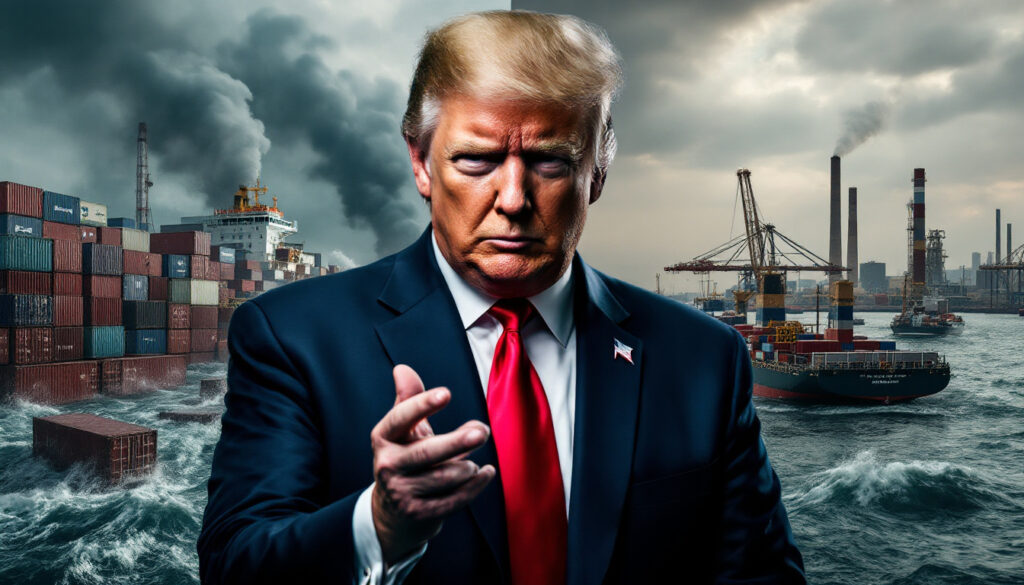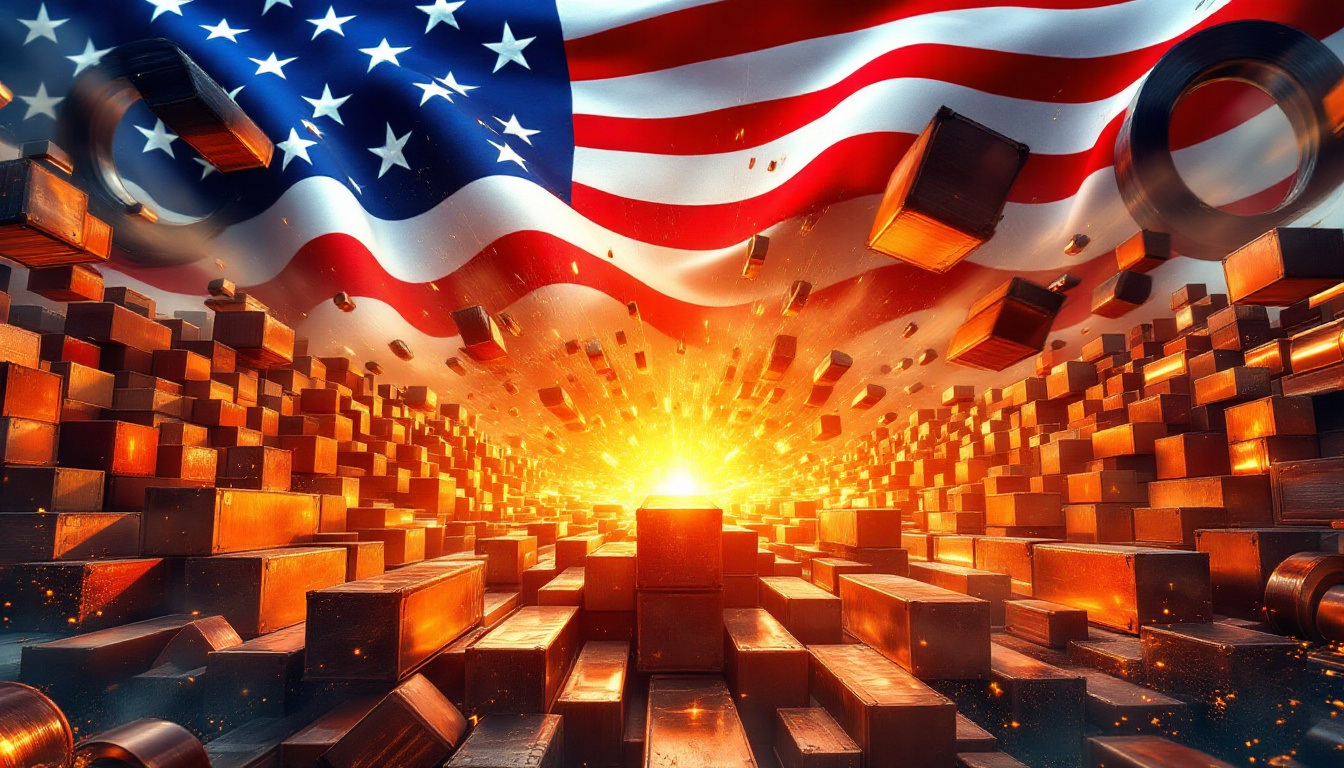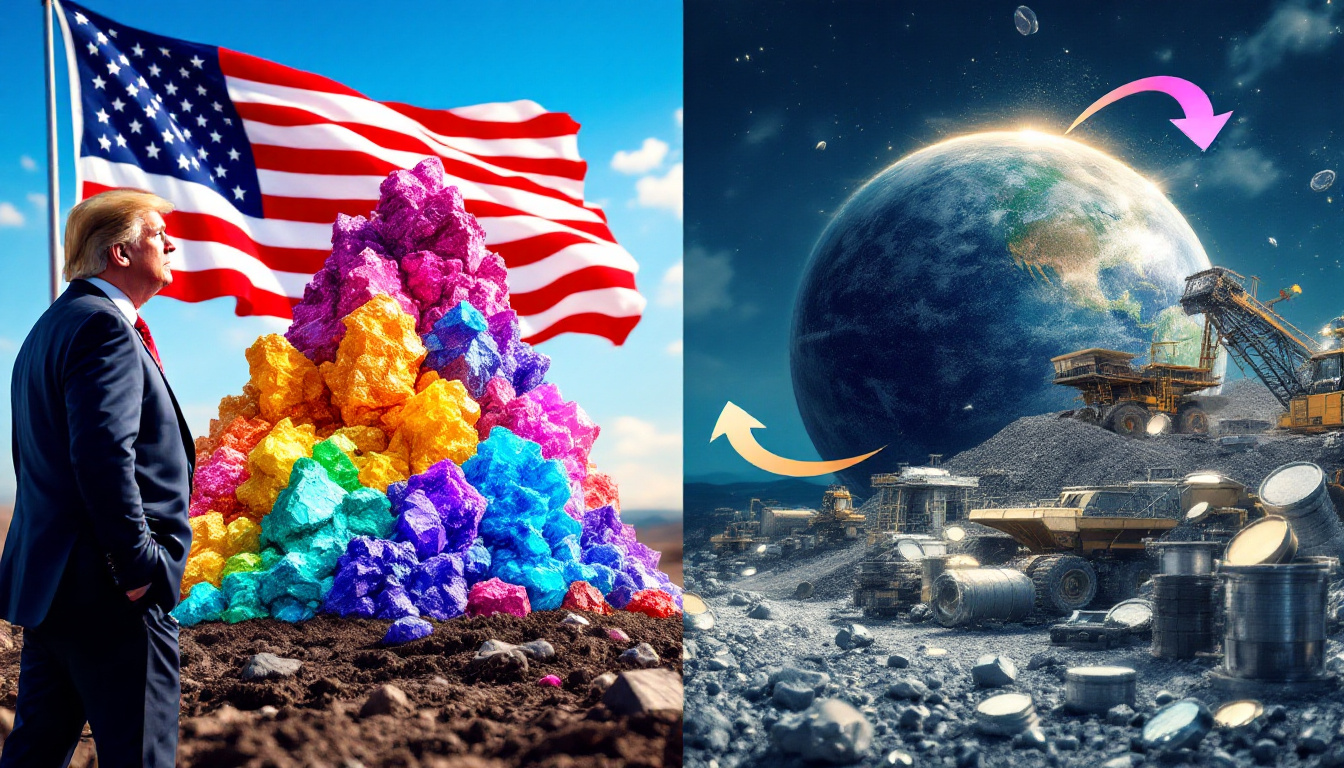What are Donald Trump's Tariff Policies?
Donald Trump's approach to international trade is characterized by his signature "America First" philosophy, which views tariffs not merely as economic tools but as weapons in a global commercial battleground. The former president's administration released a comprehensive 397-page report through the Office of the U.S. Trade Representative, meticulously cataloging what Trump perceives as unfair foreign trade barriers affecting American businesses.
The core of Trump's tariff philosophy rests on the concept of "reciprocity" – the idea that the United States should impose tariffs that mirror those placed on American goods by trading partners. This represents a fundamental shift from decades of U.S. trade policy that generally favored reduced barriers and multilateral agreements.
"When countries put tariffs on our products, we should put tariffs on theirs," Trump stated during a recent economic forum, emphasizing his belief that previous administrations allowed the U.S. to be taken advantage of in global trade.
The upcoming tariff announcements, expected at 3:00 PM Eastern Time, are anticipated to target major trading partners including China, Mexico, and potentially European allies. These measures would expand upon the significant tariffs implemented during Trump's previous administration, which placed duties of up to 25% on approximately $360 billion worth of Chinese imports.
Historical Context of Trump's Tariff Approach
Trump's tariff strategy represents a notable departure from the free-trade consensus that dominated American economic policy for decades. Dating back to the Smoot-Hawley Tariff Act of 1930, which many economists believe exacerbated the Great Depression, U.S. policy generally moved toward reducing trade barriers through multilateral agreements and organizations like the World Trade Organization.
The Trump administration's initial round of tariffs in 2018-2019 marked the largest implementation of protectionist trade measures by the United States since the 1930s. These included tariffs on steel (25%) and aluminum (10%) from most countries, extensive duties on Chinese goods, and threatened tariffs on European automobiles.
Economic advisors close to Trump have suggested that the current tariff approach will be even more comprehensive, potentially establishing a baseline 10% tariff on all imports, with significantly higher rates for strategic industries and countries deemed to engage in unfair trade practices. Understanding how Trump's policies are reshaping global commodity markets is crucial for investors navigating this unpredictable landscape.
How are Global Markets Responding to Trump's Tariff Threats?
Global financial markets have reacted with significant volatility to Trump's tariff announcements, reflecting deep uncertainty about the future of international trade. The S&P 500 experienced its worst first quarter since 2022, with major indices hitting seven-month lows before staging partial recoveries in late trading sessions.
Wall Street investors are increasingly concerned about recession risks, with Goldman Sachs recently joining JPMorgan in issuing warnings about economic contraction. Goldman now estimates slightly more than a one-in-three chance of recession in the next 12 months, while JPMorgan places the probability at a more concerning 40%.
"Market pricing is currently telling us that investors are preparing for an economic slowdown of significant proportions," noted Marcus Thompson, chief investment strategist at Global Macro Partners. "The combination of trade uncertainty and already-tightening financial conditions creates a particularly challenging environment."
Bond Market Signals and Safe Haven Assets
The bond market has also reflected growing recession concerns, with the U.S. Treasury yield curve showing notable inversion. Ten-year Treasury yields dropped to their lowest levels since March 11, while futures markets are now pricing in three interest rate cuts for 2025 – a significant shift from expectations just weeks ago.
High-yield U.S. "junk" bond spreads have widened to 355 basis points, the widest in almost eight months, indicating investors' decreasing appetite for riskier assets. This flight to safety has propelled gold to unprecedented heights, with the precious metal reaching a new record of $3,148 per ounce and logging its best quarter since 1986 with a gain of approximately 15%.
"Gold's performance isn't just about inflation hedging anymore," explained commodities analyst Maria Sanchez. "It's becoming the market's preferred insurance policy against geopolitical and trade-related turmoil." Investors seeking to understand this phenomenon should examine gold price trends in 2024 to gain historical context for current market movements.
International Responses to Trump's Tariff Policies
The international response to Trump's tariff threats has been swift and coordinated, with many nations appearing to have abandoned last-minute negotiations in favor of preparing retaliatory measures. According to Chinese state media, China, Japan, and South Korea have been discussing a coordinated response, although Tokyo and Seoul have publicly downplayed these reports.
China's reaction has extended beyond economic measures, with the country staging military drills off Taiwan's north, south, and east coasts in what analysts view as a show of strength during a period of heightened tensions. Chinese Foreign Minister Wang Yi notably stated that China and Russia are "friends forever, never enemies," signaling possible deepening of ties between these major powers in response to U.S. trade pressure.
Japan has taken a more diplomatic approach, with Prime Minister Shigeru Ishiba emphasizing that Japan will maintain a strong push for U.S. auto tariff exemptions. Japanese officials are working through diplomatic and economic channels to minimize the impact of potential tariffs on their export-dependent economy.
European Response Strategies
European nations have adopted a dual approach: preparing retaliatory measures while simultaneously seeking exemptions for critical industries. The European Commission has assembled a task force to identify vulnerable sectors and prepare proportionate countermeasures that would comply with World Trade Organization rules.
"We prefer dialogue, but we are prepared to respond if necessary," stated a senior EU trade official who requested anonymity. "Our response will be measured, targeted, and designed to protect European jobs while minimizing collateral damage to global trade."
European officials are particularly concerned about the automotive, agricultural, and luxury goods sectors, which would be disproportionately affected by new American tariffs. German automakers like BMW and Mercedes-Benz, which maintain significant manufacturing operations in the United States, have intensified lobbying efforts to secure exemptions.
Economic Impacts of Trump's Tariff Policies
The potential economic impacts of Donald Trump tariffs and international trade tensions extend far beyond immediate market reactions. Economists project that comprehensive tariffs could raise consumer prices by 0.3% to 1.5% annually, depending on the scope and implementation timeline. This inflationary pressure comes at a particularly challenging time, as central banks worldwide struggle to achieve sustainable price stability.
Consumer sentiment is already shifting in response to trade tensions, with a "Buy Canadian" movement gaining momentum and U.S. companies reporting that retailers from supermarkets to convenience stores are increasingly shunning American products. This trend toward "patriotic consumerism" could fragment global markets and create inefficiencies in supply chains that have been optimized over decades.
Business investment decisions are also being affected, with 64% of multinational corporations surveyed by Global Business Barometer reporting that they have delayed or canceled planned expansions due to trade uncertainty. This pullback in capital expenditure could have lasting effects on productivity and growth potential.
Industry-Specific Effects of Tariff Policies
Automotive Sector Challenges
The automotive industry stands at the epicenter of potential tariff impacts, with complex global supply chains particularly vulnerable to trade disruptions. Japanese and Korean manufacturers, which have invested billions in U.S. production facilities, now face the prospect of paying tariffs on components imported for assembly in American plants.
"The modern vehicle contains parts from dozens of countries," explained automotive industry consultant James Whelan. "Even 'American-made' cars typically contain 30-40% imported components. Tariffs disrupt this entire ecosystem."
Toyota, Honda, and Hyundai have reportedly accelerated plans to increase local content in their U.S.-assembled vehicles, but industry experts note that completely reshoring supply chains would take years and significantly increase production costs.
Pharmaceutical and Technology Sectors
The pharmaceutical industry faces unique challenges under new tariff regimes, with reports that the FDA's top vaccine official has been forced to resign as part of a broader overhaul of federal regulatory agencies. This regulatory uncertainty, combined with potential tariffs on pharmaceutical precursors and research equipment, has alarmed industry executives.
Similarly, the technology sector is bracing for significant disruption. American tech giants like Apple, which rely heavily on Asian manufacturing for components and assembly, could face margin pressure as supply chain adjustments require substantial capital investment and time to implement.
"We're looking at a fundamental restructuring of global technology supply chains," noted technology analyst Sarah Chen. "Companies have spent decades optimizing these networks for efficiency. Reorienting them for tariff avoidance will inevitably create redundancies and higher costs."
Long-term Implications for Global Trade
The long-term implications of Trump's trade policies extend beyond immediate economic impacts to potentially reshape the global trading system itself. Economists warn of accelerating "friendshoring" trends, where supply chains reorganize around geopolitical alliances rather than economic efficiency.
This restructuring could lead to a more regionalized global economy, with distinct trade blocs centered around major powers. The World Trade Organization, already weakened by years of paralysis in its dispute resolution mechanism, may face existential challenges if major economies increasingly resort to bilateral arrangements and unilateral measures.
Investment strategies are evolving in response to this changed landscape. Portfolio managers report increasing allocations to domestic-focused companies with limited international exposure, defensive sectors like utilities and consumer staples, and safe-haven assets including gold, silver, and sovereign bonds from fiscally stable nations. Investors should consider how US Fed rate decisions influence gold market volatility when formulating their precious metals strategy.
Adapting Investment Strategies for Trade Tensions
For investors navigating this uncertain landscape, diversification has become more important than ever. Financial advisors recommend maintaining exposure to sectors with inelastic demand, such as healthcare and essential consumer goods, while carefully evaluating companies with extensive international operations.
"We're looking for businesses with pricing power and resilient supply chains," explained investment strategist Elena Portillo. "Companies that have already invested in supply chain redundancy or that primarily serve domestic markets may actually benefit from this environment."
Gold and precious metals continue to attract investment amid uncertainty, with many analysts projecting continued strength as geopolitical tensions and trade disputes persist. Real assets, including strategic commodities and certain categories of real estate, are also being viewed as potential hedges against both inflation and trade-related volatility. For a comprehensive perspective, investors should examine global commodity market insights to understand broader trends.
Monitoring Economic Indicators
For those seeking to gauge the impact of tariffs on the broader economy, several key indicators bear watching. Manufacturing surveys like the Institute for Supply Management (ISM) index provide early signals of production changes, while the Job Openings and Labor Turnover Survey (JOLTS) offers insights into employment trends.
Corporate earnings reports, particularly forward guidance related to supply chain adjustments and margin pressure, will provide valuable insights into how businesses are adapting. Consumer spending patterns, especially in categories featuring high import content like electronics and vehicles, may signal the degree to which tariff costs are being passed through to end users.
As this new chapter in global trade unfolds, businesses, investors, and policymakers must remain vigilant and adaptive. Understanding the role of US cobalt miner tariffs and other sector-specific measures will be crucial for navigating the complexities of Donald Trump tariffs and international trade tensions. According to Reuters, the scope of these measures could exceed initial projections, affecting virtually every major trading partner of the United States. The coming months will likely bring continued volatility, but also opportunities for those positioned to navigate a changing global economic landscape.
Want to Stay Ahead of Major Mining Discoveries?
Discovery Alert's proprietary Discovery IQ model provides instant notifications of significant ASX mineral discoveries, delivering actionable insights for both short-term traders and long-term investors. Explore how historic discoveries have generated substantial returns by visiting the dedicated discoveries page and begin your 30-day free trial today.




